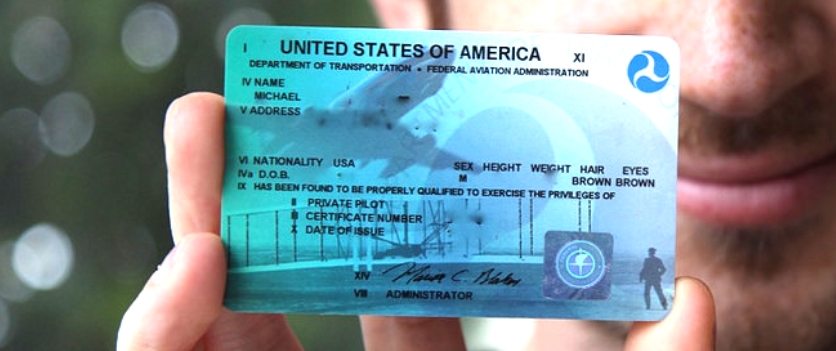Pilots, the unsung heroes of the skies, play a crucial Pilot Commercial License role in the modern world’s transportation system, ferrying millions of passengers safely to their destinations every day. Their profession embodies a blend of skill, responsibility, and a deep-rooted passion for aviation.
The Path to Becoming a Pilot
Becoming a pilot is no easy feat; it requires dedication and rigorous training. Most pilots begin their journey by obtaining a private pilot license (PPL), which allows them to fly small aircraft for recreational purposes. To become a commercial pilot, one must undergo further training and obtain a commercial pilot license (CPL) along with an instrument rating (IR), which enables them to fly in varying weather conditions.
Types of Pilots
There are various types of pilots, each with its own set of responsibilities and qualifications. Airline pilots, for example, are responsible for operating large commercial aircraft, ensuring the safety and comfort of passengers. They often work in teams, with a captain and a first officer sharing the duties.
Military pilots, on the other hand, are trained to operate military aircraft for combat missions, reconnaissance, and other military operations. They undergo rigorous training and often serve in high-stress environments.
The Responsibilities of a Pilot
Pilots are responsible for the safety of their aircraft and all passengers on board. They must be prepared to handle any emergency that may arise, from engine failure to severe weather conditions. Pilots also play a crucial role in planning flights, including determining the safest and most efficient routes.
